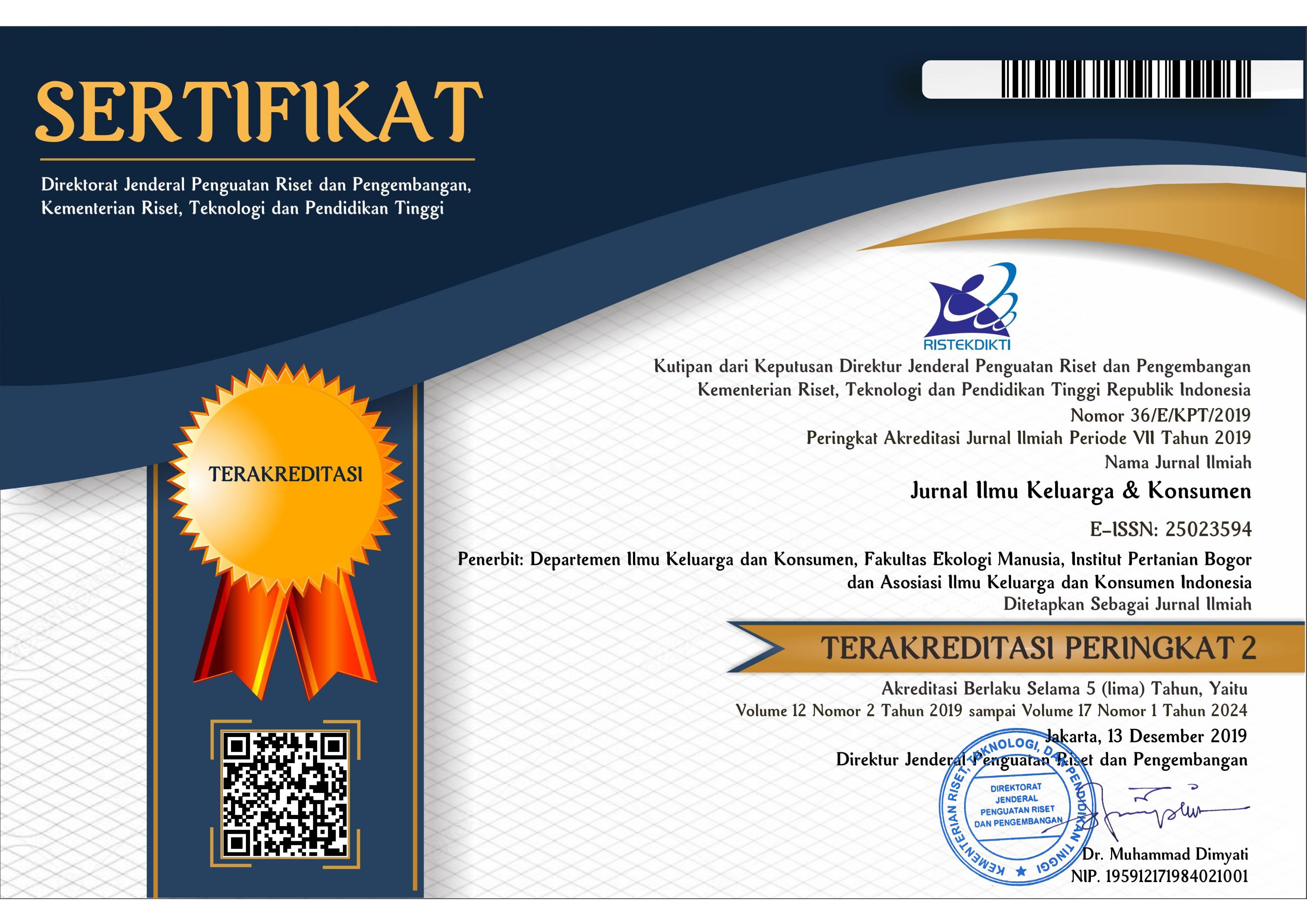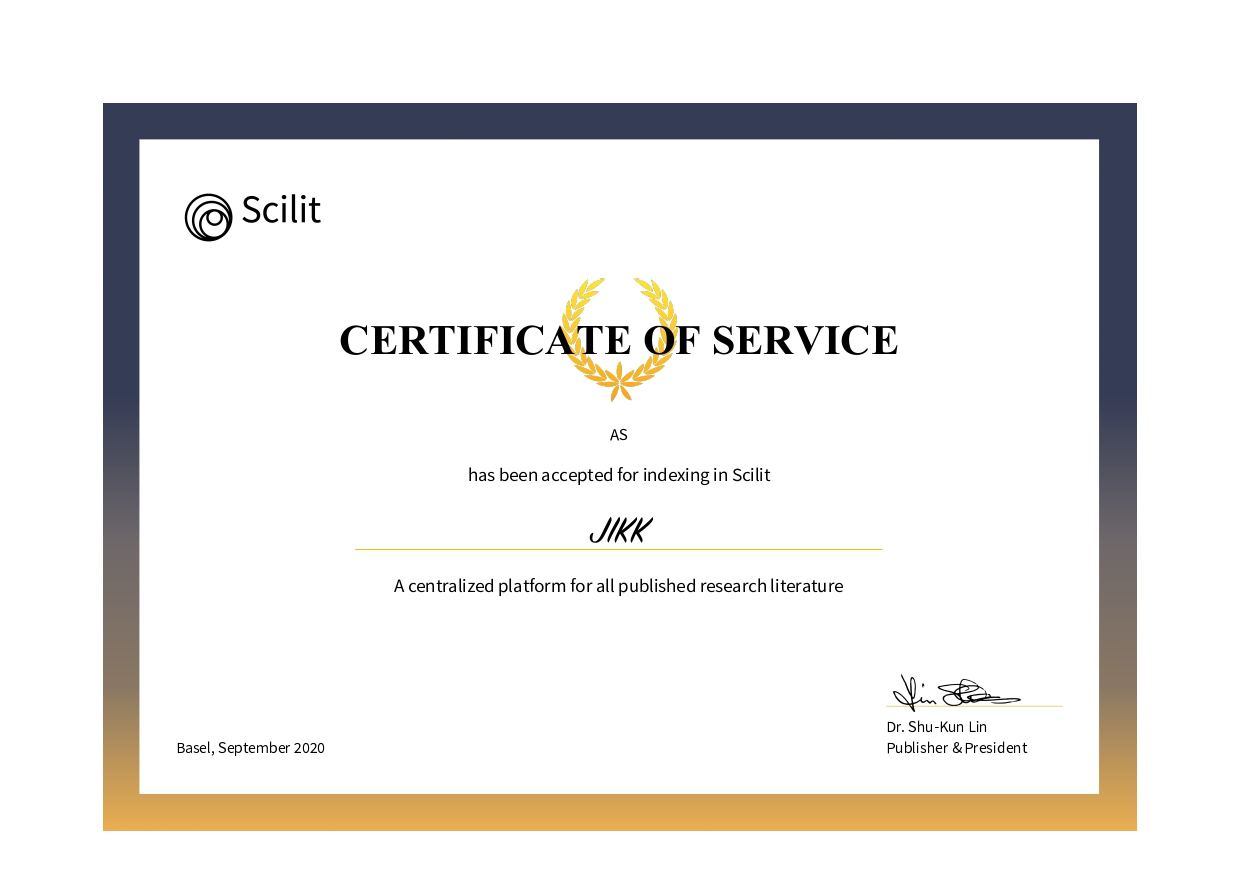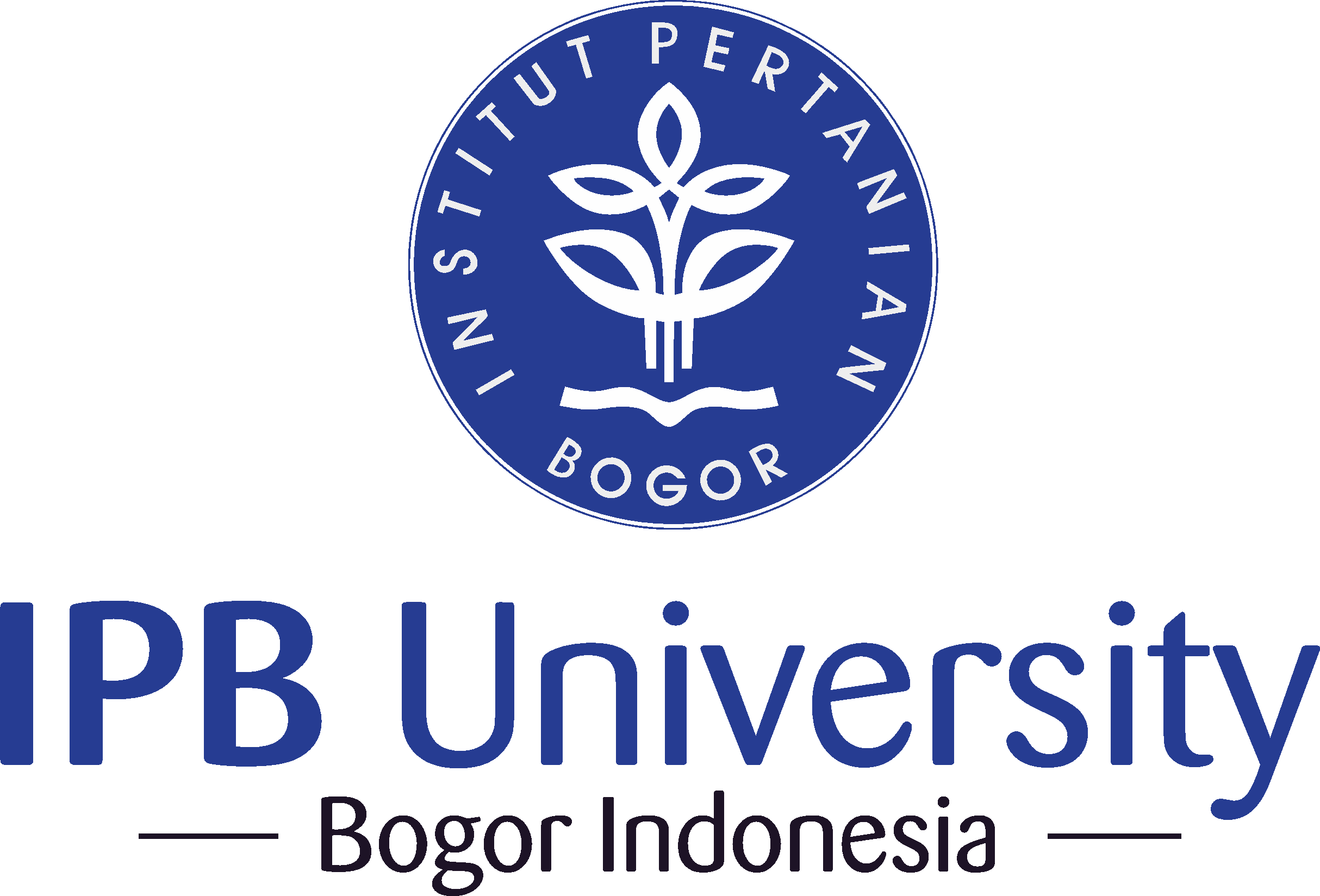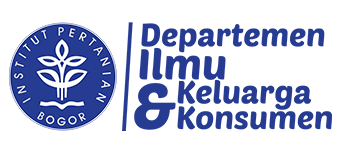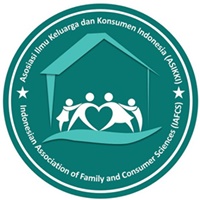EMOSI AKADEMIK, STRATEGI BELAJAR, DAN PRESTASI AKADEMIK SISWA SMA DI WILAYAH PERDESAAN
Abstract
Students’ academic achievement is one of main indicator of education goals. This research aimed to analyze adolescents’ characteristics, family’s characteristics, academic emotions, and learning strategies, and its effect on academic achievement of high school students. The locations were chosen purposively in Bogor District. Samples of this study were 132 high school students from both X and Y high schools by proportional random sampling technique. Data were collected through questionnaires and filled-in by samples. The data analysis used descriptive analysis (minimum value, maximum value, average, standard deviation, and frequency) and inferential analysis (Spearman correlation test, Pearson correlation test, and multiple linear regression test). Result showed that positive-activation emotion was mostly felt by adolescents. Learning strategies that mostly used were time/study environment management and help-seeking, meanwhile in general learning strategy usage was still low. Female students engaged more variative learning strategies and better academic achievement than male students. Positive-activation emotion had increased the learning strategies, and the variety of learning strategies usage will affect academic achievement positively. Meanwhile, family characteristics was found have no significant effect on learning neither strategies nor academic achievement.Copyright (c) 2017 Jurnal Ilmu Keluarga dan Konsumen

This work is licensed under a Creative Commons Attribution-ShareAlike 4.0 International License.
Authors submitting manuscripts should understand and agree that copyright of manuscripts published are held Jurnal Ilmu Keluarga dan Konsumen. The statement to release the copyright to Jurnal Ilmu Keluarga dan Konsumen is stated in Copyright Release Form. Copyright encompass exclusive rights to reproduce, to distribute, and to sell any part of the journal articles in all form and media. The reproduction of any part of this journal is allowed with a written permission from Jurnal Ilmu Keluarga dan Konsumen.

